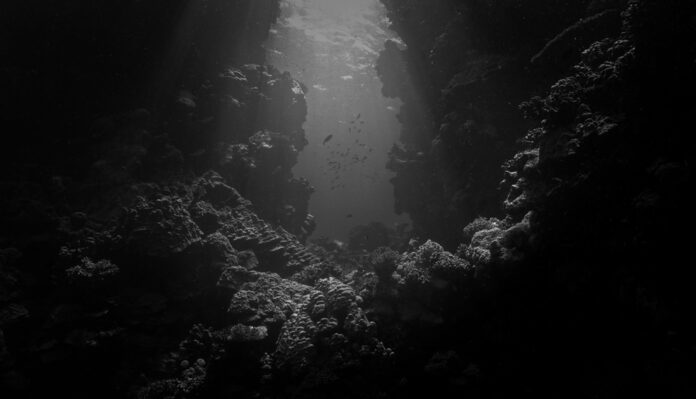Earth’s oxygen is something of a puzzle. Until recently, scientists believed it is produced entirely by photosynthesis — plants using sunlight to convert carbon dioxide and water into glucose and oxygen.
But earlier this year, oceanographers discovered an entirely new source of oxygen. Deep in Earth’s oceans, they found oxygen levels much higher than can be explained by photosynthesis alone, which typically occurs near the surface where sunlight can penetrate.
The researchers concluded that the oxygen must be produced in the deep ocean itself, probably as a result of an electrochemical reaction between metal nodules on the ocean floor and seawater. In other words, without sunlight at all.
That’s an eye-opening result. On Earth, oxygen is crucial for life, so the fact it can be produced in darkness deep in our oceans dramatically extends the habitats where life can thrive.
And not just on Earth. Planetary geologists have spotted oceans on moons throughout the Solar System and discovered exoplanets that seem to be ocean worlds. Sunlight is not always abundant in these places, particularly beneath thick icy crusts.
So an important question is what the discovery of this “dark oxygen” means for life on Earth and whether it might somehow allow life to exist in unexpected places elsewhere in the universe.
Submarine Life
Now, Manasvi Lingam at the Florida Institute of Technology and colleagues provide some insight into this question. They propose that dark oxygen is common throughout the Solar System and beyond, and that it has the potential to support complex animal-like life in places that otherwise receive little or no sunlight.
“Our findings indicate that complex life fueled by dark oxygen is plausibly capable of inhabiting submarine environments devoid of photosynthesis on Earth, conceivably extending likewise to extraterrestrial locations such as icy worlds with subsurface oceans (e.g., Enceladus and Europa), which are likely common throughout the Universe,” they say.
Biologists have long cataloged the role of oxygen in cellular function, particularly in mitochondria, which generate energy in cells. Almost every cell processes oxygen in this way, and the few examples that do not are parasites that survive because of the oxygen processed elsewhere by other cells.
Life on Earth also seems to have thrived and deteriorated in step with changing oxygen levels throughout history. For example, evolutionary biologists believe that an increase in oxygen levels some 540 million years ago played a crucial role in the Cambrian explosion when life rapidly evolved from single cells to complex multicellular organisms.
So if oxygen is so important — and an important caveat here is that the causal relationship between life and oxygen is still hotly debated by biologists — then what kind of life could dark oxygen support?
Lingam and co investigate this question by studying dark oxygen levels in the deep ocean and comparing it to the type of life supported by similar levels elsewhere. This allows them to estimate the size and complexity of life that it could support.
“We infer that organisms limited by internal diffusion may reach maximal sizes of ∼ 0.1–1 mm in habitats with dark oxygen,” they say. But organisms able to pump oxygen around their bodies could become much larger, perhaps up to the size of softballs, 10 centimeters in size.
They go on to calculate that the dark oxygen produced in Earth’s oceans could support a density of creatures up to 30 grams per square meter. That’s similar to the densities actually measured in deep ocean surveys.
Hadean Creatures
All this is exciting work. Astrobiologists have long imagined that oceans on Jupiter’s moon Europa or Saturn’s Enceladus could support life. But they’ve also worried about the lack of sunlight, particularly beneath ice crusts.
Then there are so-called Hadean worlds, a new class of ocean planets that astronomers have found tentative evidence of around other stars. Most of these stars are red dwarfs, which are significantly less bright than our Sun. So if these planets have oceans, light is unlikely to penetrate more than a few meters beneath the surface, significantly reducing the potential for photosynthesis.
Dark oxygen could calm these fears. Metal nodules are likely to be common in our solar system and elsewhere. So any electrochemical reaction with water is likely to be common too.
Of course, none of this amounts to evidence of extraterrestrial life or anything close to it. But it does suggest that the variety of landscape — and oceanscapes — in which life could evolve is more diverse than we’d ever imagined.
Ref: Dwellers in the Deep: Biological Consequences of Dark Oxygen : arxiv.org/abs/2408.06841
Source : Discovermagazine






